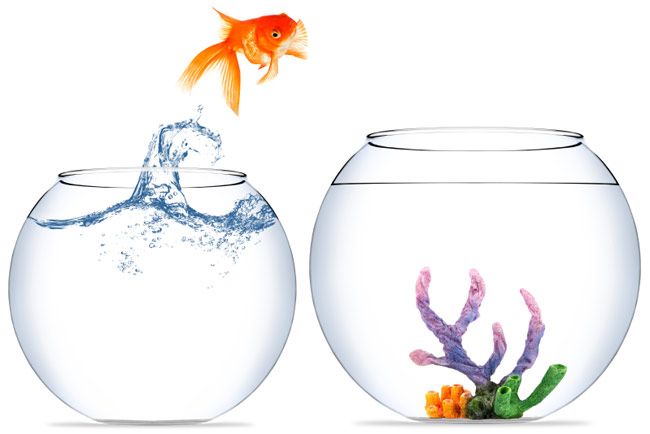
At 6:15 am this past Monday morning, I was awakened by the sound of a downpour, and then a few minutes later, a huge clap of thunder. It's the middle of a long, hot summer and the sound of rain pounding on the roof was a welcome one. It didn't last long but it certainly pulled me out of my slumber and felt like the perfect metaphor for ushering in my thought of the week---seismic shifts are underway.
Many of us who live in California also live on a fault line and thus earthquakes are a part of the California experience. We know the faults are there. And we know they will shift, but what we don't know is when and how much. If anyone begins to contemplate it too greatly, they basically would be discouraged to live in this sometimes rattling state. The idea of focusing on the "big one" can be quite anxiety provoking, yet, most people I know don't put their focus on the "when".
Part of the theme this week is about finding ease with what we don't know, and it is happening within my own immediate familial bubble. This week we moved our mother into an assisted living facility here in the desert. She has dementia along with many other health challenges and has gotten to a point where she needs 24/7 care. To say the least, her world has been rocked after living in the same home since 1964. We don't know how she'll be. We don't know how she'll adjust and she doesn't know what to expect. This is certainly under the heading of a seismic shift as her entire world is being shaken.
Once again, I am in deep gratitude for my practice. Yoga is an incredible teacher as it supports us in sitting with things that are uncomfortable. My teacher, Judith Hanson Lasater, often asks the question when trying something different to what we're used to doing, "Is it painful or just unfamiliar?" What the question allows us to do is to drop into the current sensation(s) of our experience. It slows us down giving us the opportunity to answer the question.
All of us live in a place where we know certain things to be true, as well as to have uncertainty about other things. In our impatience, we search for answers. We are driven to know outcomes. And the big challenge is can we be in a state of ease and equanimity when we are with uncertainty?
One way to move out of the land of "what's going to happen?" to being in a greater state of ease is to become radically present. When we drop into our inner sanctum, that place of deep connection, truth, and compassion, we realize that in this moment all is well. This past week in classes, we have been working on finding our center. We can do this by softening our gaze and looking inward. We ask ourselves, "where in my body is my center located?" Some people drop into their belly, others into the space around the heart, and some into the throat or third eye (forehead). When we go to our personal center, it feels as though we are coming home to ourselves. Exploring this more deeply, we can imagine directing our breath through a specific portal that taps directly into this center. With our focus moving into the action of the breath, which is the inhale and the exhale, we can then begin to notice the stillness in the space between the breaths. If we are able to focus on the inner quiet lying within, we can't help but be fully present.
Our practice for the week may be to tap into this space throughout the day. Can you find your center standing in line at the bank or grocery store? Can you notice it when you're dancing around within the realm of not knowing, perhaps becoming more worried and then come back to your center? Can you find your center when you're having a difficult encounter? It sounds easy but it certainly takes practice.
Knowing that things are going to shift, but not knowing when, allows us the gift of our practice of being here now. We just never know when our world will face some seismic activity. Take a breath, find the stillness, and come home.





